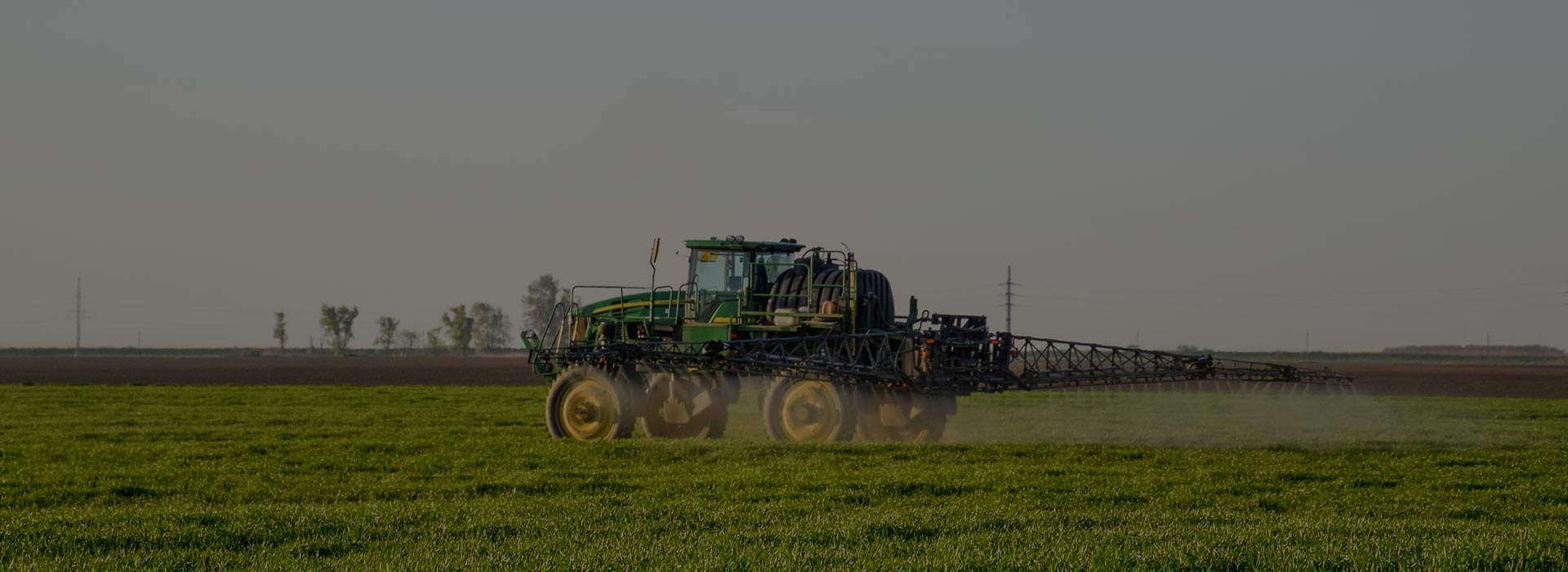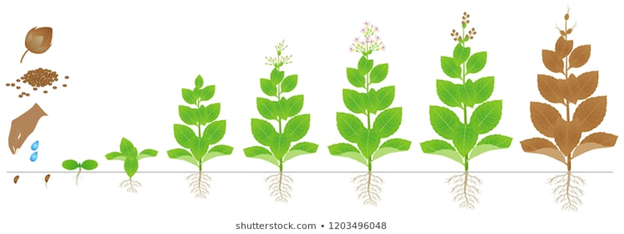Stage 1: Seed Germination
Wild tobacco seeds germinate in roughly 20 days when kept under moist conditions at temperatures between 70 and 75 degrees Fahrenheit. The seeds can be started indoors eight to 10 weeks before the last spring frost to grow transplants, or they can be sown directly outdoors in a sunny bed after the last frost. Sow groups of four seeds 18 inches apart after the soil has warmed, and then thin to one plant every 18 inches once the seedlings reach a height of 4 to 6 inches. Light aids germination in wild tobacco seeds, so do not cover them heavily; simply spread a 1/16-inch-thick layer of soil over them to keep them from washing away during watering.
Stage 2: Early Establishment
Despite their innate adaptability, wild tobacco seedlings initially require moderate care to encourage the development of a productive root system and lush, healthy foliage. Move the transplants to a sheltered location outdoors for roughly four days before planting to acclimate them to outdoor conditions, and then plant them 18 inches apart in a sunny bed with fast-draining, acidic soil. Provide an inch of water weekly, but let the soil dry out completely between watering’s to prevent disease. Feeding is not necessary, but it can improve the plant's appearance.
Stage 3: Seed Production
Wild tobacco matures quickly once established in a suitable growing site. As the strongly scented, ovate leaves develop and grow at the base, the central stalk extends upward for 2 to 5 feet and begins to develop smaller leaves and flower buds toward the tip. The plants bloom sporadically from early until late summer, producing clusters of 1-inch-long, trumpet-shaped flowers. The flowers last for several weeks before fading and are later replaced by seed capsules filled with thousands of tiny black seeds. Aggressive self-sowing may occur if the seeds are allowed to ripen, so it is best to prune off the seed capsules while still green to keep the wild tobacco from overtaking your garden.
Stage 4: Dieback and Regeneration
As summer ends and autumn begins, wild tobacco plants begin to decline. They have expended their energy setting seed and cease to grow, developing dry or yellow leaves and a generally droopy appearance. The first hard frost kills the roots, completing the plant's life cycle. Any seeds that were dropped during the growing season will likely sprout the following spring without special preparation or care. Remove the dead wild tobacco plants and discard them to tidy up the bed. Wear gloves when pulling out old wild tobacco plants, because the leaves and stems contain a nicotine concentration of up to 9 percent, which can cause illness if it is accidentally ingested or absorbed through the skin.




























































